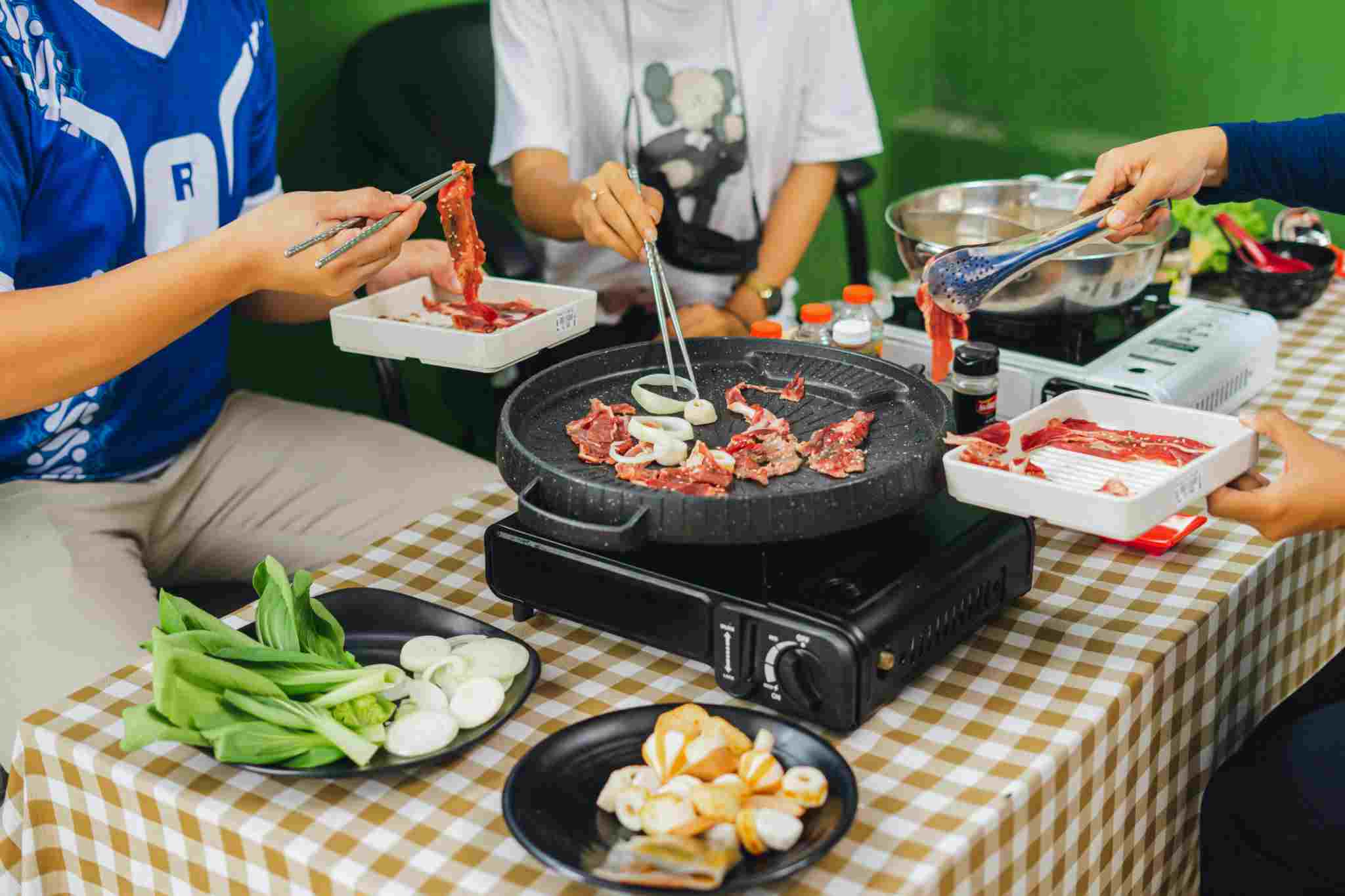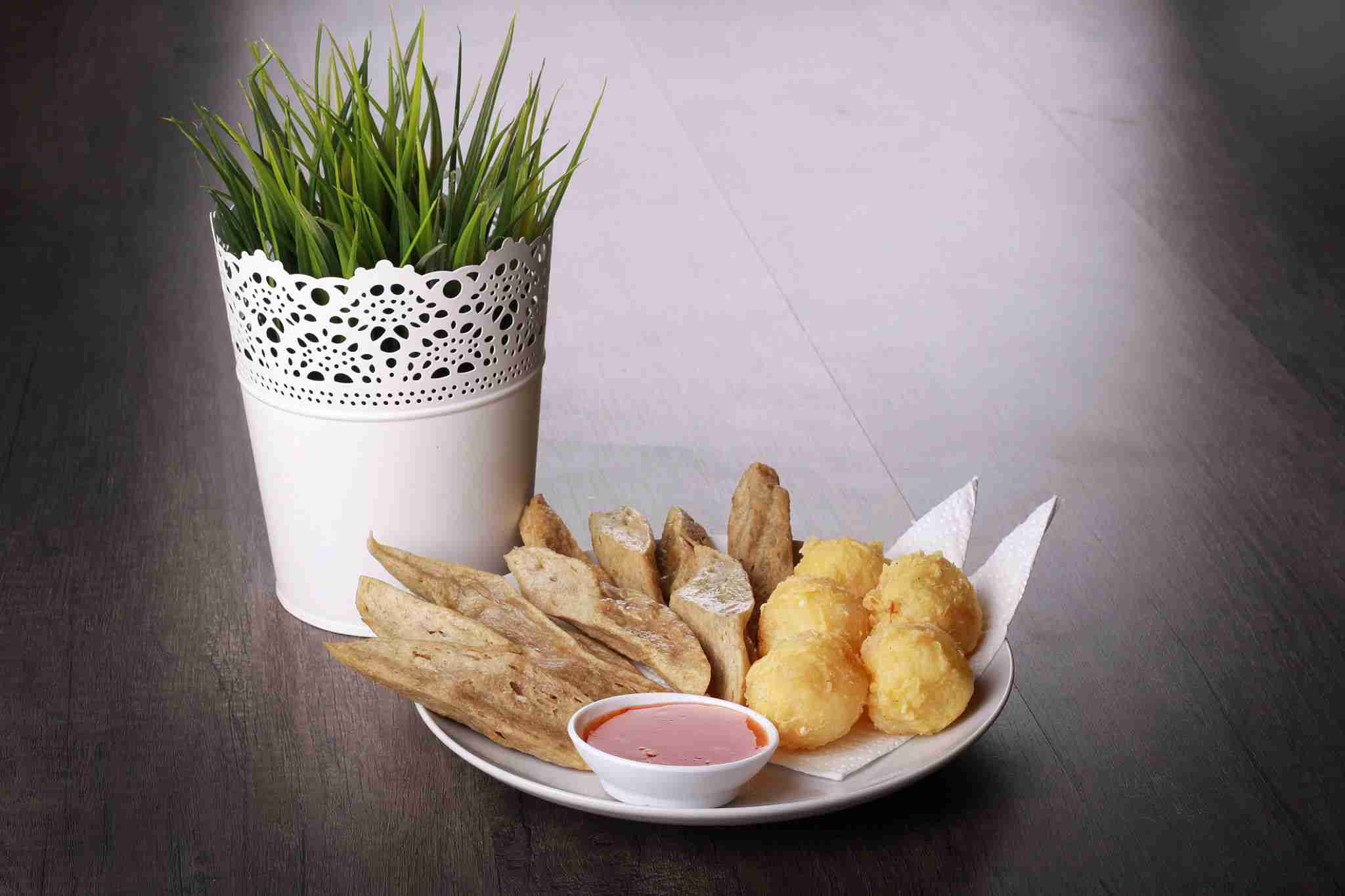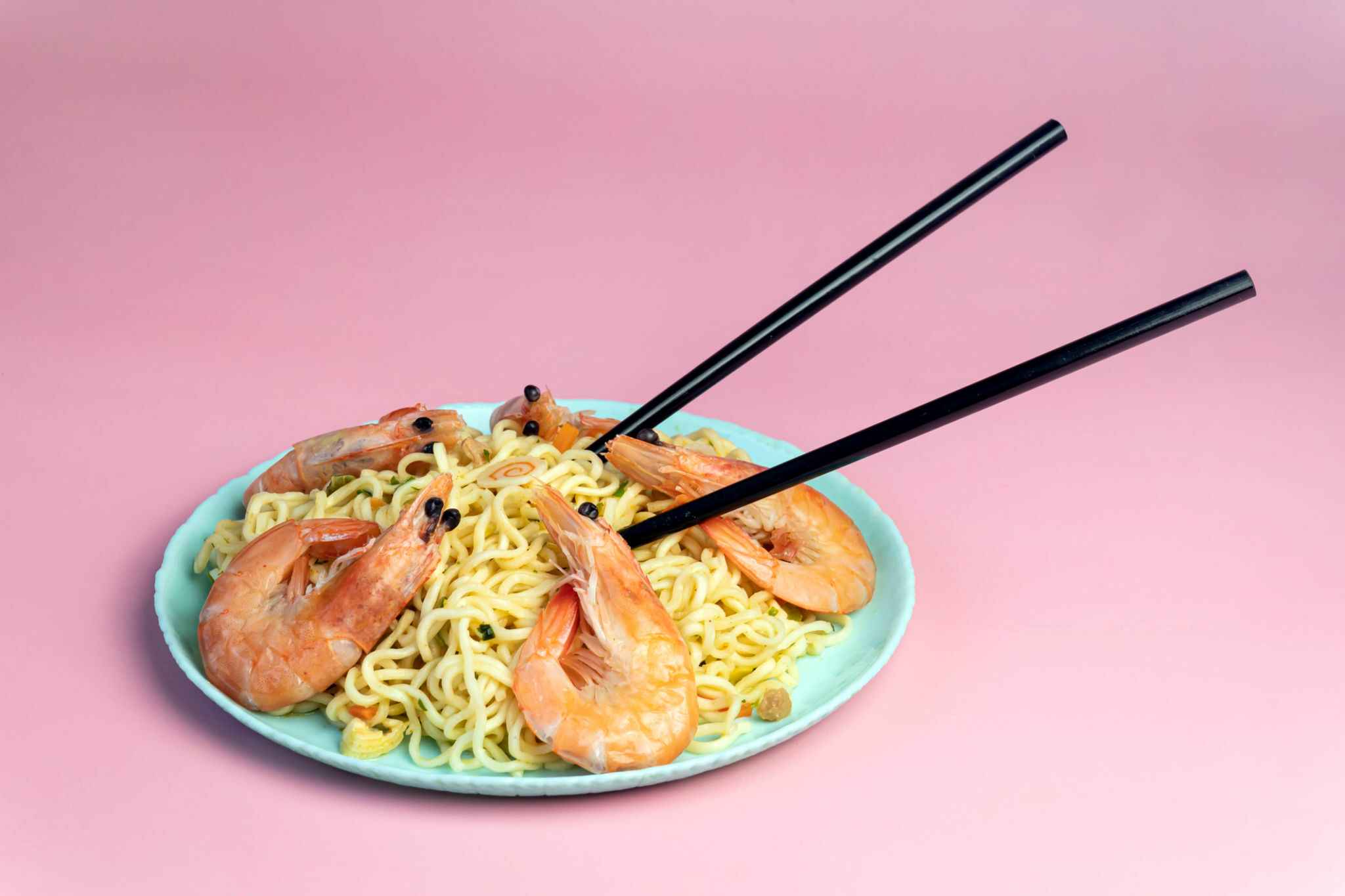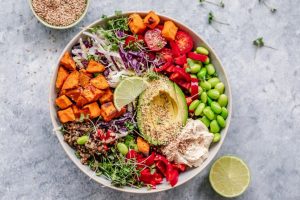
In a world where people are increasingly focused on their well being there is a growing interest in exploring paths to achieve a healthy lifestyle. One avenue that has gained recognition is incorporating Thai cuisine into our diets. Thai cuisine offers more than an explosion of flavors, it takes us on a journey that intertwines taste, health, and overall well-being.
The Essence of Thai Cuisine
Thai cuisine is like a tapestry woven with an array of flavors, textures, and aromas that have developed over centuries. At its heart Thai cooking emphasizes the balance between five tastes – sweet, sour, salty, bitter, and umami. This harmonious blend does not please our taste buds. Also aligns perfectly with the principles of holistic well-being.
The Health Benefits of Thai Ingredients
Discover the healing properties of Thai cuisine, which incorporates a variety of herbs, spices, and ingredients known for their effects on well-being, digestion, and overall health. If you want to order healthy food online, then you may visit this website.
1. Spices and Herbs: A Symphony of Healing
Thai cuisine is renowned for its use of herbs and spices carefully selected not only for their flavors but also for their potential health benefits. For instance, let us consider turmeric. An ingredient in traditional Thai dishes. Curcumin, the compound found in turmeric, is known for its inflammatory properties as well as its antioxidant benefits.
This not only brings a burst of color to the plate but also enhances the well-being of those enjoying the delicious culinary creations.
2. Galangal and Lemongrass: Digestive Marvels

Galangal, which is closely related to ginger and lemongrass, are ingredients in Thai cuisine. Both are renowned for their properties aiding in the absorption of nutrients and promoting a gut. The aromatic infusion of these elements in Thai soups and curries does not enhance the flavor. Also supports digestive health.
3. Chilies: The Fiery Elixir
Thai cuisine is renowned for its spicy kick thanks to the use of chilies. Beyond adding heat, chilies contain capsaicin, a compound known for its metabolism-boosting properties. The spiciness not only adds an exhilarating dimension to the experience but also contributes to weight management and cardiovascular well-being.
Mindful Eating in Thai Culture
Experience the beauty of practicing eating within Thai culture cultivating a sense of togetherness, harmony, and genuine appreciation, for every nourishing morsel.
1. The Tradition of Shared Meals
Thai culture places importance on dining experiences. Meals are often shared among family and friends fostering a sense of unity and connection. This communal aspect of Thai dining promotes eating by encouraging individuals to relish each bite and be fully present, in the moment. Appreciate the company they share.
2. The Art of Balance: Yin and Yang in Thai Cuisine

Thai cuisine embraces the principles of Yin and Yang where balance and harmony are sought after, in every meal. With composition Thai dishes incorporate a medley of flavors, textures, and nutritional elements. From the curries to the salads each dish contributes to a holistic dining experience that nourishes both body and soul.
3. Mindful Culinary Techniques
The culinary techniques employed in Thai cooking including stir-frying, steaming, and slow simmering do not enhance the flavors. Also, preserve the essential nutrients found in ingredients. This mindful approach ensures that every final dish is not only delectable but also contributes to well-being.
Thai Cuisine as a Cultural Tapestry
Thai food is deeply rooted in its culture, where it beautifully combines influences, embraces the changing seasons, and brings communities together through a variety of culinary traditions and festive celebrations.
1. The Fusion of Influences
Thai cuisine stands as a testament to Thailand’s tapestry. Influenced by Chinese, Indian, and Malay traditions Thai dishes showcase a fusion of flavors and cooking techniques. This amalgamation not only offers delights but also reflects the interconnectedness of cultures while promoting a broader perspective on well-being.
2. Celebrating Seasonality and Freshness
A significant aspect of Thai cuisine is its emphasis on using ingredients – a true celebration of nature’s bounty.
The focus on using sourced ingredients not only supports sustainable practices but also ensures that each dish celebrates the abundance of nature. Eating foods in their season enhances the value of the cuisine aligning with the principles of overall well-being.
3. Cultural Traditions and Celebrations
Thai culture strongly embraces rituals and festivals, many of which revolve around food. From the Songkran Festival to the enchanting Loy Krathong Lantern Festival, these celebrations often revolve around preparing and sharing Thai dishes. The cultural significance of these traditions goes beyond eating, fostering a sense of community and well-being.
Incorporating Thai Cuisine into Everyday Life

1. Simple and Flavorful Recipes for Home Cooks
Bringing the essence of Thai cuisine into your home doesn’t require cooking skills. Tasty recipes like Pad Thai, Tom Yum Soup, and Green Curry can be easily made in your own kitchen. These dishes not only deliver Thai flavors but also serve as a gateway to experiencing the holistic well-being that Thai cuisine embodies.
2. Mindful Eating Habits
Integrating Thai culinary principles into your routine extends beyond following recipes, adopting eating habits like taking the time to truly enjoy each bite, being conscious of portion sizes, and selecting a variety of nutritious ingredients can greatly improve your overall well-being. Thai cuisine serves as a guide encouraging individuals to approach their meals with intention and gratitude.
3. Exploring Thai Culinary Traditions
When exploring traditions, beyond the well-known dishes you’ll discover a whole new level of depth to your gastronomic adventure. Each region in Thailand offers perspectives on well-being through its culinary practices. From the flavors of the Northeastern Isaan region to the seafood-centric dishes of Southern Thailand, you’ll be immersed in an enriching experience.
Conclusion
Embarking on a journey to enhance your well-being through Thai cuisine goes beyond what you put on your plate; it’s an exploration that encompasses flavors, cultural traditions, and mindful eating practices.
Cuisines focus on balance, fresh ingredients, and communal dining provides guidance toward a more fulfilling way of life. As you savor the flavors and textures of Thai dishes you’re not nourishing your body but also nourishing your soul. It’s an embrace of a journey that transcends taste and promotes genuine well-being.








